
-
Ten everyday lessons
Read more: Ten everyday lessonsChantelle Gray offers a vivid tribute to Deleuze and Guattari’s radical becomings, calling for creative resistance and world-making.


Chantelle Gray offers a vivid tribute to Deleuze and Guattari’s radical becomings, calling for creative resistance and world-making.
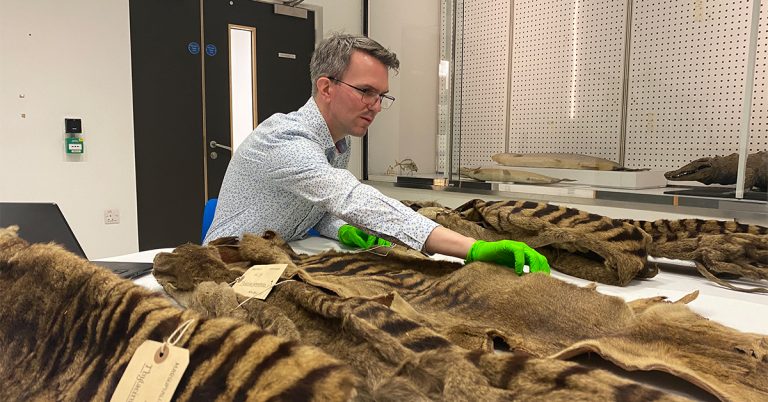
by Jack Ashby, University of Cambridge Readers are advised this article contains the names of Aboriginal people who have died, and mentions attempted genocide, violence towards and offensive language about Aboriginal peoples. We might imagine that scientists gain recognition thanks…
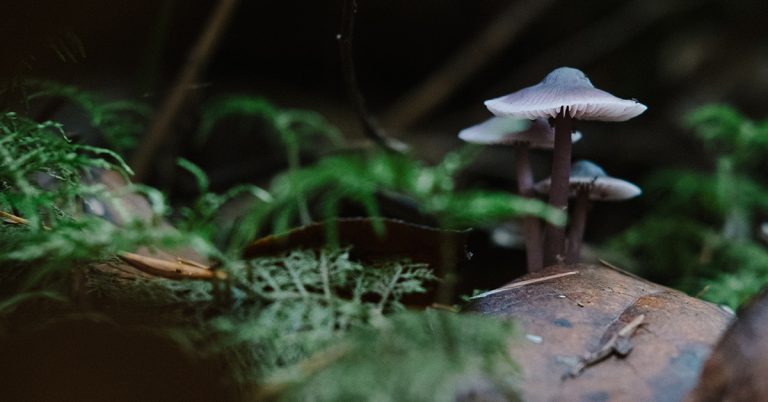
By Nathan Smith How many animals can you name? How many plants? The answer to both questions is probably quite a few and, indeed, the total would probably number in the hundreds for both were you to sit down and…
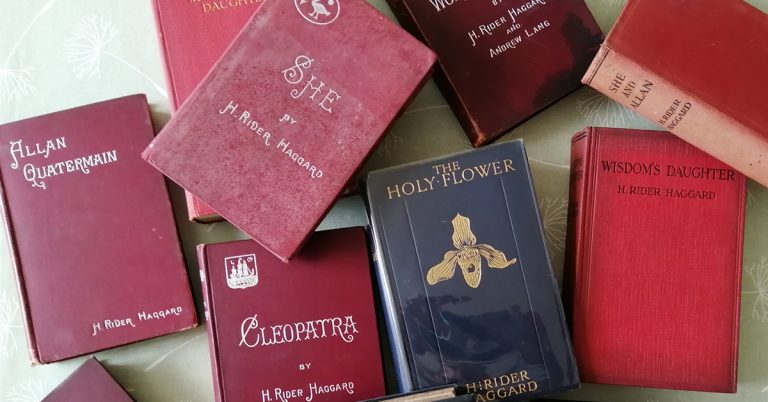
By Jemma Stewart H. Rider Haggard’s Gothic Garden In the Gothic Studies articles ‘Blooming Marvel’ and ‘She shook her heavy tresses’, I assess the ways in which floral symbolism (or floriography) in Bram Stoker’s Dracula (1897) and H. Rider Haggard’s…
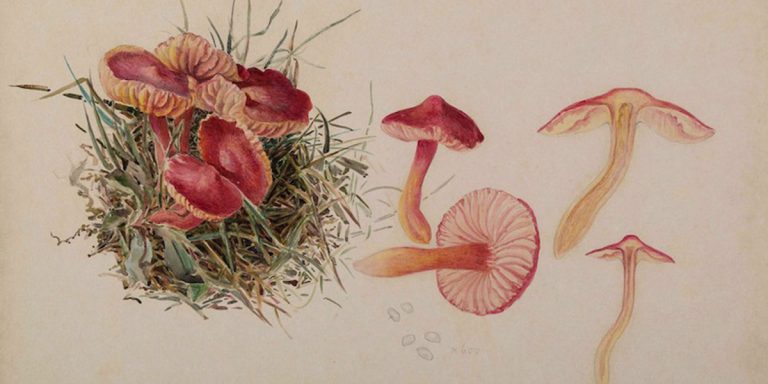
Once known primarily as the author of ‘twee’ children’s books about fastidious mice and naughty rabbits, Beatrix Potter has gained recognition in recent years for her wide-ranging accomplishments as a conservationist, mycologist and scientific illustrator. In the 1890s, before embarking…
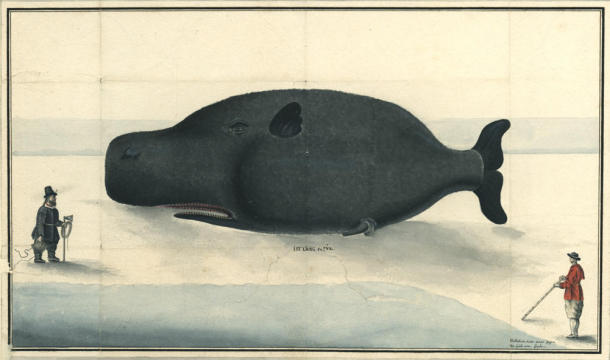
In their article from the Archives of natural history, Klaus Barthelemess and Ingvar Svanberg discuss a painting from a manuscript album, known as Kungsboken. This contains various documents of military relevance assembled during the rule of the Swedish kings Charles…
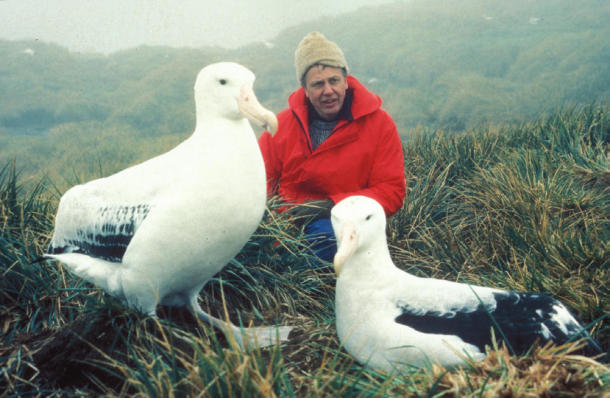
Images of natural history, whether stationary or moving, have the capacity to affect the emotions of an audience. Through the creation of narratives, anthropomorphic reflection and knowledge transfer, they have the power to change perceptions and behaviour. In our featured…

An April article in Archives of natural history gives a fascinating insight into the life of Charles Francis Adams, a young American who prepared, stuffed and mounted the skins of birds and mammals for display. It also details the early…